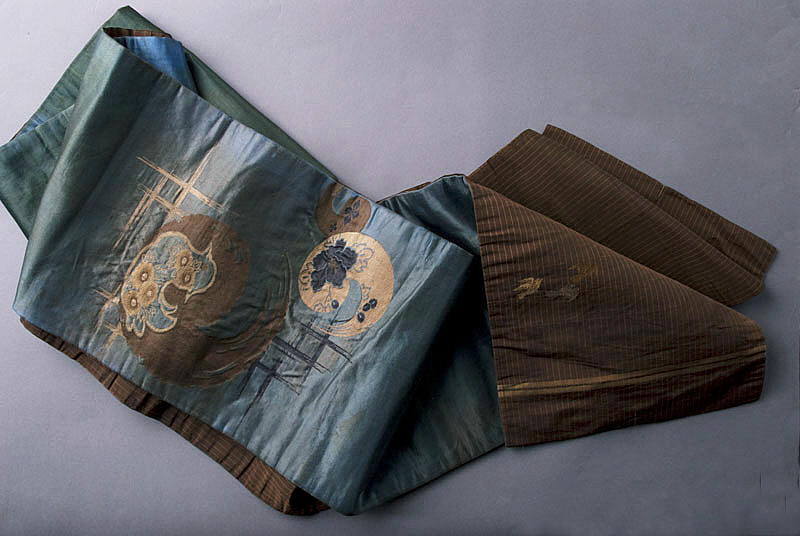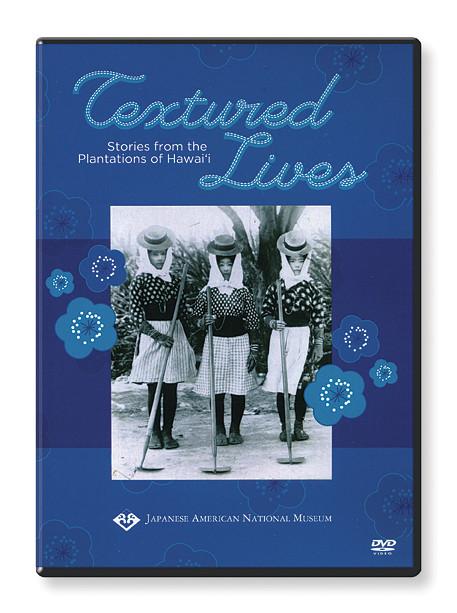
The exhibition includes four video components produced by the Museum’s award-winning Frank H. Watase Media Arts Center. Watch the videos below. They are also available on a DVD through the JANM Store.
- Barbara Kawakami: A Textured Life

An intimate portrait of the woman who—after growing up on a plantation, working for over three decades as a seamstress, and entering college for the first time at age 53—went on to uncover the lost history of Hawai‘i’s early Japanese picture brides. - Picture Bride Stories
Through rare oral histories, photos, and moving images, these short documentaries tell the stories of Haruno Tazawa and Shizu Kaigo, two early Japanese picture brides in Hawai‘i. - Plantation Clothing Preservation
A look at the efforts taken to preserve intricately woven and hand-painted kimono and pre-war plantation clothing. - Plantation Roots
Vestiges of the plantation experience—while exploitative and grueling—can still be seen in Hawai‘i’s culture. The camaraderie the workers relied upon to survive the plantation system has evolved into the spirit of warmth and generosity known as “aloha.”
